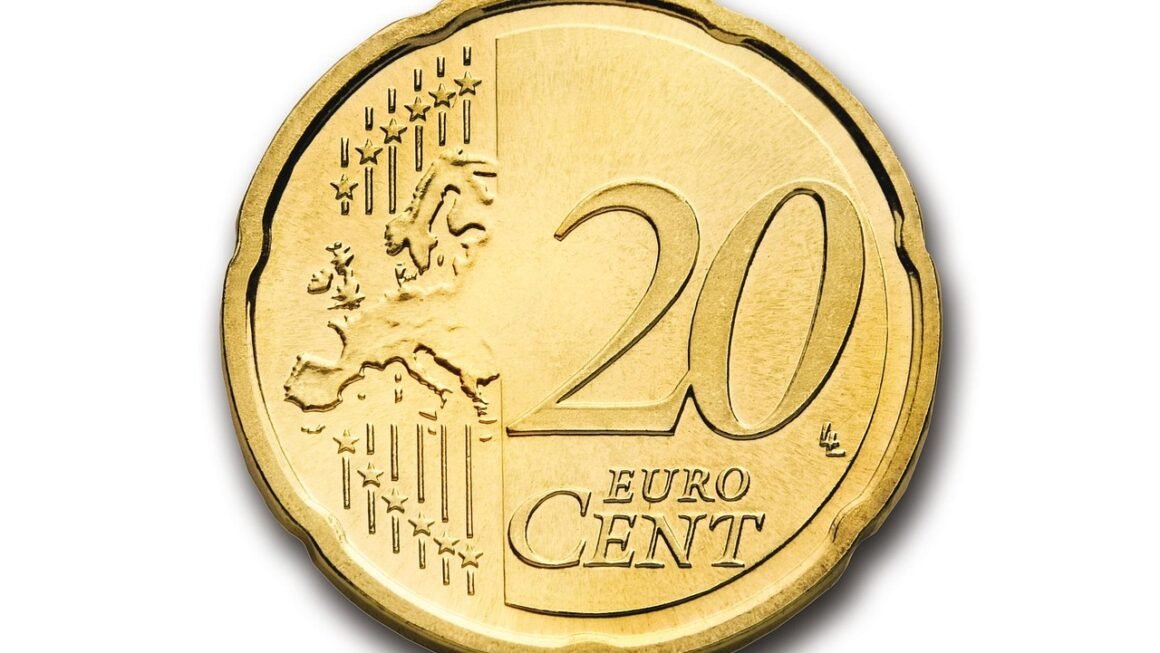Saving money can feel daunting, but with the right tools and knowledge, it’s entirely achievable. One of the most fundamental and reliable tools for building your financial foundation is the humble savings account. More than just a place to stash your cash, savings accounts offer a safe haven for your money while it earns interest, helping you reach your financial goals faster. In this comprehensive guide, we’ll explore everything you need to know about savings accounts, from their benefits and types to how to choose the best one for your needs.
What is a Savings Account?
Basic Definition
A savings account is a deposit account held at a bank or credit union that provides a safe place to store your money while earning interest. Interest rates are typically variable, meaning they can fluctuate based on market conditions. Savings accounts are designed for short-term savings goals and are easily accessible, allowing you to withdraw your funds as needed, though there may be limitations on the number of withdrawals you can make per month.
Key Features of a Savings Account
Here’s a quick rundown of the common features of savings accounts:
- Security: Your deposits are generally insured by the FDIC (Federal Deposit Insurance Corporation) up to $250,000 per depositor, per insured bank. Credit union accounts are typically insured by the NCUA (National Credit Union Administration) with similar coverage.
- Interest Earning: Your money earns interest, helping it grow over time. The interest rate can be fixed or variable.
- Liquidity: You can easily access your money when you need it, typically through online transfers, ATM withdrawals, or in-person withdrawals at a bank branch.
- Low Minimum Balance Requirements: Many savings accounts have low or no minimum balance requirements, making them accessible to a wide range of savers.
Why Use a Savings Account?
Using a savings account offers several compelling advantages:
- Emergency Fund: A savings account is the perfect place to keep your emergency fund, providing readily available funds for unexpected expenses like car repairs or medical bills. Example: Aim to save 3-6 months’ worth of living expenses in your emergency fund.
- Short-Term Goals: Saving for a vacation, a down payment on a car, or a new appliance? A savings account provides a safe and accessible way to accumulate funds for these goals. Example: Set a target date and monthly savings goal for your next vacation.
- Building a Financial Foundation: A savings account is a cornerstone of sound financial planning. It instills discipline and helps you develop a habit of saving.
- Earning Interest: While interest rates on savings accounts may not be high enough to beat inflation, they still provide a small return on your money, which is better than leaving your cash idle.
Types of Savings Accounts
Traditional Savings Accounts
These are the most common type of savings account, offered by banks and credit unions. They typically offer a basic interest rate and easy access to your funds.
- Pros: Widely available, easy to understand, generally low minimum balance requirements.
- Cons: Often offer lower interest rates compared to other types of savings accounts.
High-Yield Savings Accounts (HYSAs)
Offered by online banks and some traditional banks, HYSAs provide significantly higher interest rates than traditional savings accounts. These higher rates are often due to the lower overhead costs associated with online banking.
- Pros: Higher interest rates, leading to faster savings growth.
- Cons: May require higher minimum balances or have more limited access to physical branches.
- Example: Online banks often offer HYSA rates that are 10-20 times higher than the national average for traditional savings accounts. Always compare APYs (Annual Percentage Yields) to ensure you’re getting the best rate.
Money Market Accounts (MMAs)
MMAs are a hybrid between savings and checking accounts, offering higher interest rates than traditional savings accounts and sometimes offering check-writing privileges.
- Pros: Potentially higher interest rates than traditional savings accounts, access to funds via check or debit card in some cases.
- Cons: May require higher minimum balances to avoid fees, and could have limitations on the number of transactions per month.
- Example: An MMA might be suitable for individuals who want to keep a larger balance readily accessible while earning a slightly higher interest rate.
Certificates of Deposit (CDs)
CDs are time deposit accounts where you agree to keep your money deposited for a fixed period (e.g., 6 months, 1 year, 5 years) in exchange for a guaranteed interest rate. Early withdrawal typically incurs penalties.
- Pros: Higher interest rates than savings accounts, guaranteed interest rate for the term of the CD.
- Cons: Limited access to funds during the term of the CD, penalties for early withdrawal.
- Example: If you have a lump sum of money you don’t need immediate access to, a CD can be a good way to earn a higher return while keeping your funds safe.
Choosing the Right Savings Account
Compare Interest Rates (APY)
The Annual Percentage Yield (APY) reflects the actual rate of return taking into account compounding. Always compare APYs when evaluating different savings accounts. Even small differences in APY can add up significantly over time, especially with larger balances.
Consider Fees
Be aware of potential fees, such as monthly maintenance fees, overdraft fees, and transaction fees. Look for accounts with low or no fees to maximize your savings.
- Minimum Balance Fees: Charged if your account balance falls below a certain threshold.
- Excessive Withdrawal Fees: Some accounts limit the number of withdrawals you can make per month.
- Account Closure Fees: Fees charged for closing an account within a certain period after opening it.
Assess Accessibility
Consider how easily you can access your funds. Do you need access to physical branches, or are you comfortable managing your account online or through a mobile app? Do you need check-writing privileges?
Evaluate Account Features
Look for features that align with your needs, such as online and mobile banking, automatic transfers, budgeting tools, and goal-setting features.
Read the Fine Print
Carefully review the terms and conditions of the account before opening it to understand any limitations, restrictions, or potential fees.
Tips for Maximizing Your Savings
Automate Your Savings
Set up automatic transfers from your checking account to your savings account on a regular basis. This makes saving effortless and ensures you consistently contribute to your savings goals.
- Example: Schedule a weekly or monthly transfer of a fixed amount to your savings account.
Set Realistic Goals
Define clear and achievable savings goals. Having a specific target in mind can motivate you to save more consistently.
- Example: “Save $5,000 for a down payment on a car in 12 months.”
Track Your Progress
Monitor your savings progress regularly to stay on track and make adjustments as needed. Use budgeting apps or spreadsheets to track your income, expenses, and savings.
Avoid Unnecessary Withdrawals
Treat your savings account as a long-term savings tool and avoid dipping into it for non-essential expenses. Consider using a separate account for everyday spending.
Take Advantage of Employer Benefits
If your employer offers a retirement savings plan (e.g., 401(k), 403(b)), take advantage of any matching contributions. This is essentially free money that can significantly boost your savings.
Reinvest Interest Earnings
Let your interest earnings compound by reinvesting them back into your savings account. This allows your money to grow exponentially over time.
Conclusion
Savings accounts are indispensable tools for building a secure financial future. By understanding the different types of accounts available, comparing interest rates and fees, and implementing effective savings strategies, you can maximize your savings potential and achieve your financial goals. Start small, stay consistent, and watch your savings grow! The key is to choose the right account for your needs and develop a disciplined savings plan. Remember, every dollar saved is a step closer to financial freedom.



